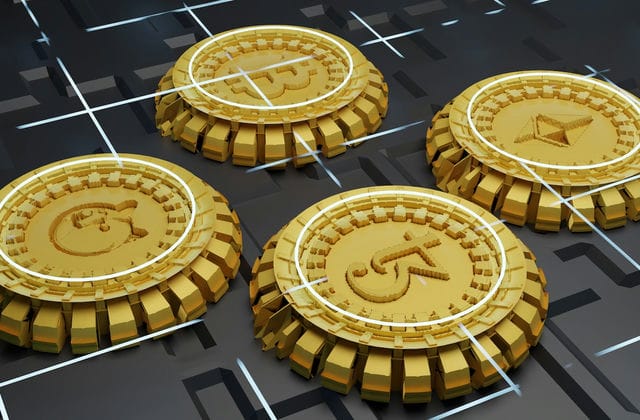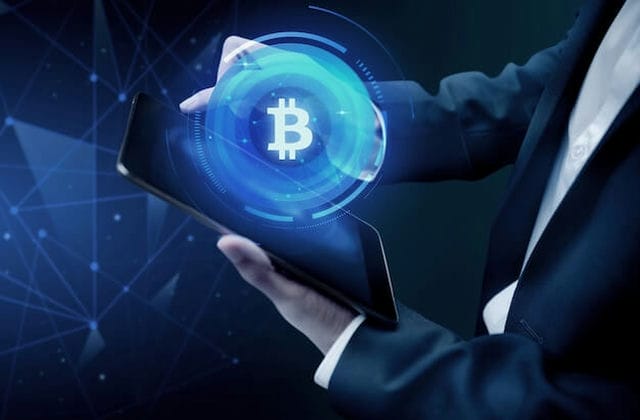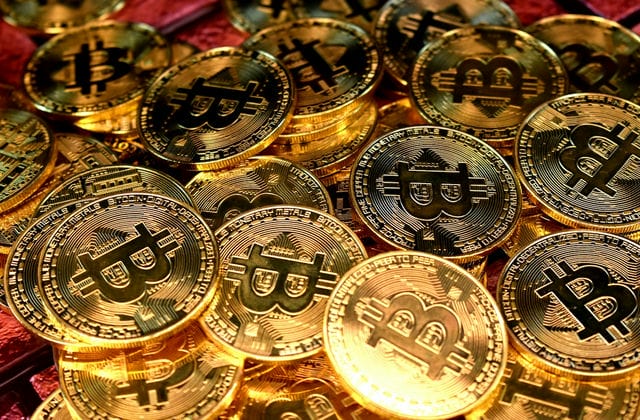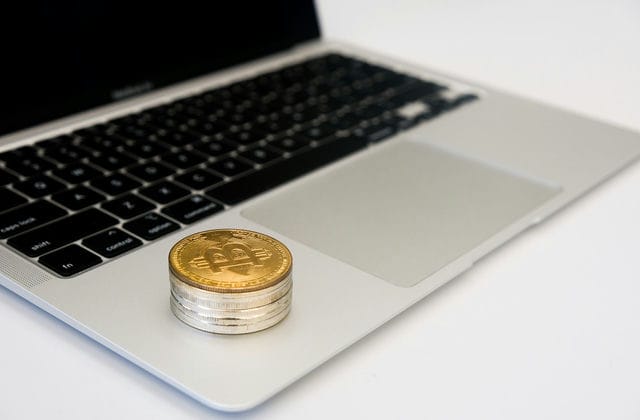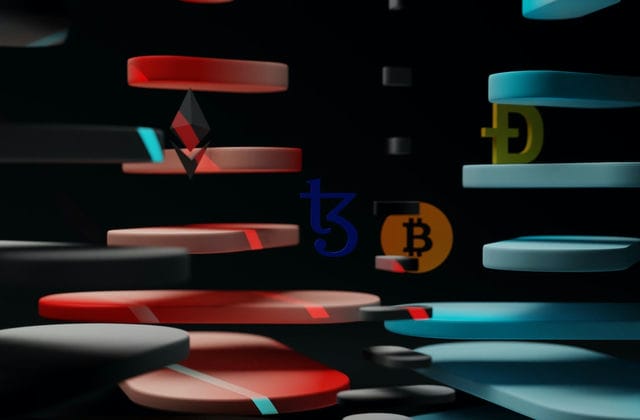How did Bitcoin emerge?
Bitcoin was conceived in 2008 by Satoshi Nakamoto in his paper "A Peer-to-Peer Electronic Cash System" and was officially launched on January 3, 2009, when the Genesis block was born (the Genesis block This is the initial block of the blockchain).

In 2008, Satoshi Nakamoto proposed this concept at a time when the Wall Street financial crisis had broken out and people's trust in banks had dropped dramatically due to the abuse of lending by banks. The concept of Bitcoin was quickly accepted and invested in by many major companies such as Dell, PayPal and Microsoft, and many newspapers and media outlets began to promote the concept of cryptocurrency, which in turn led to a rise in the value of Bitcoin and more investors willing to join.
Trivia: No one really knows who Satoshi Nakamoto is, and there are many different opinions on the name. Some people say that the name Satoshi Nakamoto could have been a pseudonym given to him by the author of the paper, while others say that Satoshi Nakamoto is not really a person but a team, and that Satoshi Nakamoto is the name given to the team.
What is Bitcoin?
So what is Bitcoin? A cryptocurrency?
Bitcoin is the world's first cryptocurrency, as mentioned in the previous article Bitcoin is a blockchain technology-based currency, usually abbreviated as BTC, and the smallest unit of Bitcoin is not a bitcoin or a BTC. The smallest unit of Bitcoin is the "Satoshi", which happens to be named after its founder Satoshi Nakamoto, and one BTC is equivalent to 10 8 Satoshi! In terms of market value, one bitcoin is currently (April 2019) worth around 5,000 US dollars, so a bitcoin is worth a lot of money!
As mentioned in previous articles, Bitcoin was issued with a total of 21 million coins, and the blockchain code is completely public, so everyone can see it but no one can change the underlying code. This system is trusted by everyone in the decentralized network and allows everyone to trade with bitcoin on the blockchain platform with confidence.
Bitcoin transaction process.
One important characteristic of electronic currencies is that the more people use the coin, the more money it contains and the higher the market value of the coin will be. Bitcoin is increasingly becoming the new favorite of stock investors, and how do you get Bitcoin?
1, You need to create a virtual "wallet" on your mobile phone or computer, which is an electronic wallet used to store electronic money, each wallet will be created with a set of private keys, which is equivalent to the password of the electronic wallet, as long as the password is stolen by others, you can claim all the money in your wallet, forget the password also If you forget your password, you will not be able to withdraw the money from your account, so be careful to keep it.
2, The next step is to create an account on an online exchange. Most exchanges today verify the identity of their customers when they apply for an account, commonly known as KYC (Know Your Customer), which requires the customer to upload a photo or other personal details for verification.
3, Once you have created an account on the exchange, you can pay for your bitcoins using a credit card, bank account or a third-party payment system such as PayPal. Once the exchange has received your money, it will buy it for you and put it in a temporary wallet from which you can transfer it to your personal virtual wallet as mentioned above.
4, Finally, each exchange has a slightly different buying process and different customer verification programs, so you can go directly to the websites of the major exchanges and just follow the process.
5, For offline purchases, there are platforms such as Local Bitcoins and Liberty, where you can deposit cash directly into bitcoin-supported ATMs and exchange it for bitcoins.

Ps. Exchanges are online platforms that can be used to exchange actual fiat currency and virtual currency. There are many exchanges on the internet today.
In addition to this, another common way to earn bitcoins is to become a miner, which also involves creating a virtual wallet and then participating in the mining process to earn rewards for successful mining.

























